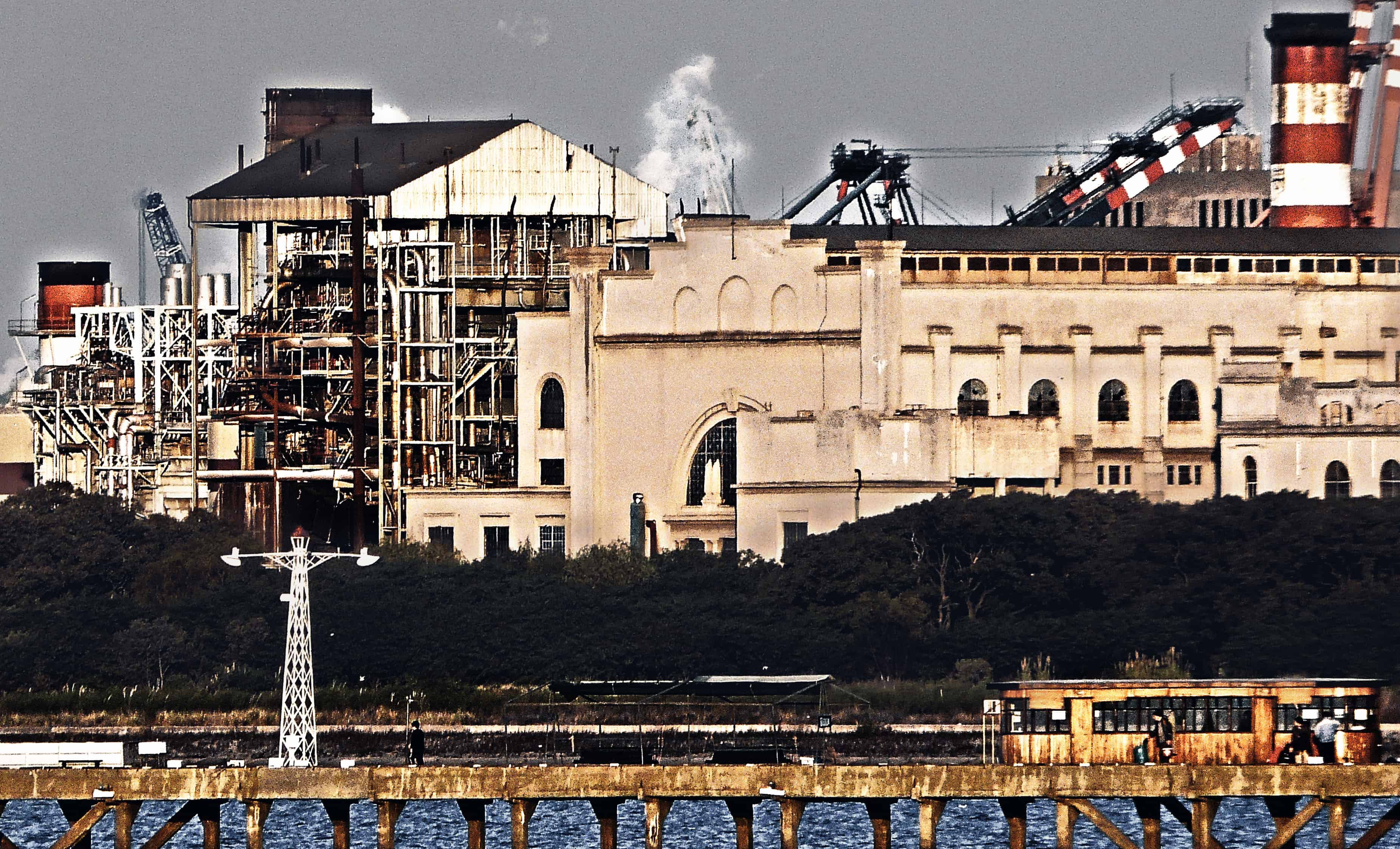“This needful, never spent,
And nursing element;
My more than meat and drink;
My meal at every wink;
This air, which, by life’s law
My lung must draw”
Gerard Manley Hopkins, The Blessed Virgin compared to the Air we Breathe
Twenty-first century human beings are needy creatures. Extending beyond the bare necessities of food, water, clean air, and shelter, our needs and wants require vast amounts of mineral resources and energy. A critical concern is the relationship between the spiritual life and energy consumption.
This reflection has been prompted in part by the Affordable Energy Proposal released by the EPA last week to replace the Obama administration’s Clean Power Act. Ostensibly, both documents aim to address climate change by mandating electrical utilities to reduce the emissions of climate change-inducing carbon and fine particulates, which have been connected to respiratory problems like asthma. However, the consensus seems to be that the new plan benefits the coal industry by removing the incentives to switch from coal to cleaner energy sources such as natural gas or renewable energy.
Why should people of faith care about this? What does electricity have to do with the spiritual life? I propose that the Spiritual Exercises of St. Ignatius and Pope Francis’ encyclical Laudato Si provide some helpful guidelines.
In the beginning of the Exercises, St Ignatius invites us to begin our prayer by contemplating all of the gifts that God has given us to sustain our life. In addition to human relationships, we can also think of the material aspects of creation and human ingenuity in making use of them as gifts as well. These things, which support our lives, are meant to draw us into deeper communion with God, the source of our life and being. We live this deeper communion by living in right relationship to created things. So, when we think about electricity, what might rightly relating to electricity generation look like?
St. Ignatius would thus say that we must proceed with awareness. The Jesuit writer Anthony de Mello once described spirituality as “waking up” and looking afresh at the existence which we have always taken for granted. The devastation wreaked by Hurricane Maria last year reminded us how we sometimes only treasure gifts when we are forced to cope with their absence. The vast swathes of darkness that blanketed Puerto Rico each night symbolized the chaos of life without electricity. Health crises abounded as water and sewage pumps failed and hospitals could not run dialysis and respiratory machines. Communication broke down as telephone lines and cell phone towers yielded to Maria’s fury. Hurricane Maria reminds us of electricity’s indispensable place in our modern lives.
I think that this awareness also has to occur on the individual level. The examen might prove helpful here. This fundamental tool in the Ignatian tradition begins with reflecting upon one’s day and naming for what we are grateful. Think about how you used electricity today. How many times did you switch on lights today, put your phone to charge or take food out of a cold refrigerator?
In Laudato Si’, Pope Francis describes how a deepened awareness facilitates an ecological conversion. As we cultivate awareness and gratitude for the ways that the things of the world contribute to our well-being, we recognize that it is gratuitously given by God. Pope Francis believes that when we contemplate this giftedness, we are then called to “imitate [God’s] sacrifice and generosity in good works.”1 Part of these good works involve learning how to be good stewards of each other and creation.
Of course, a deepened awareness also involves taking responsibility on a personal and communal level for our activities that harms our common home. On a personal level, where do we waste power? As communities, how do we generate power? How do we transmit and use it? The EPA has a website that allows you to search by zipcode and figure out what kind of fuel was used to generate the electricity produced by power plants located in your locale. I was surprised to learn, for example, that only 1% of the electricity produced in the New York region where I live is renewable. Having this data helps me to bring the discussion about power use and climate change from abstraction to a very concrete place. I want to breathe clean air. I want to know that the power that I use to write this reflection is not being generated in a way that does harm to our planet.
Ultimately, we reflect as individuals to come back together and make changes as a community. In our growing sense of gratitude and responsibility, we can better speak out against that which is detrimental to our shared lives. Perhaps in thinking and looking at electric power, we can also see some other echoes of the other challenges that our communities face. From the people who are tasked with obtaining and processing raw fuels to those responsible for running utilities and transmitting power to us, power is a complex system that involves many stakeholders.
The electric grid is also a system with many fragilities, as the 2003 blackout, which affected 50 million people on the East Coast, revealed. Many have called for new methods of transmitting power, given the aging grid and the increasing variety of energy needs that will only increase in the future. I can think of one or two other complex institutions with fragilities that perhaps can benefit from reflecting further on areas of gratitude, responsibility, and power. Perhaps the biggest lesson in dealing with any complex communal change is the simple reminder that is not I, but we.
***
This article is a continuation of TJP’s November ’18 midterm elections series focused on faithful and discerning citizenship.
Image courtesy FlickrCC user Mariano Mantel.
- Laudato Si’, Chapter VI.3, no. 220 ↩


